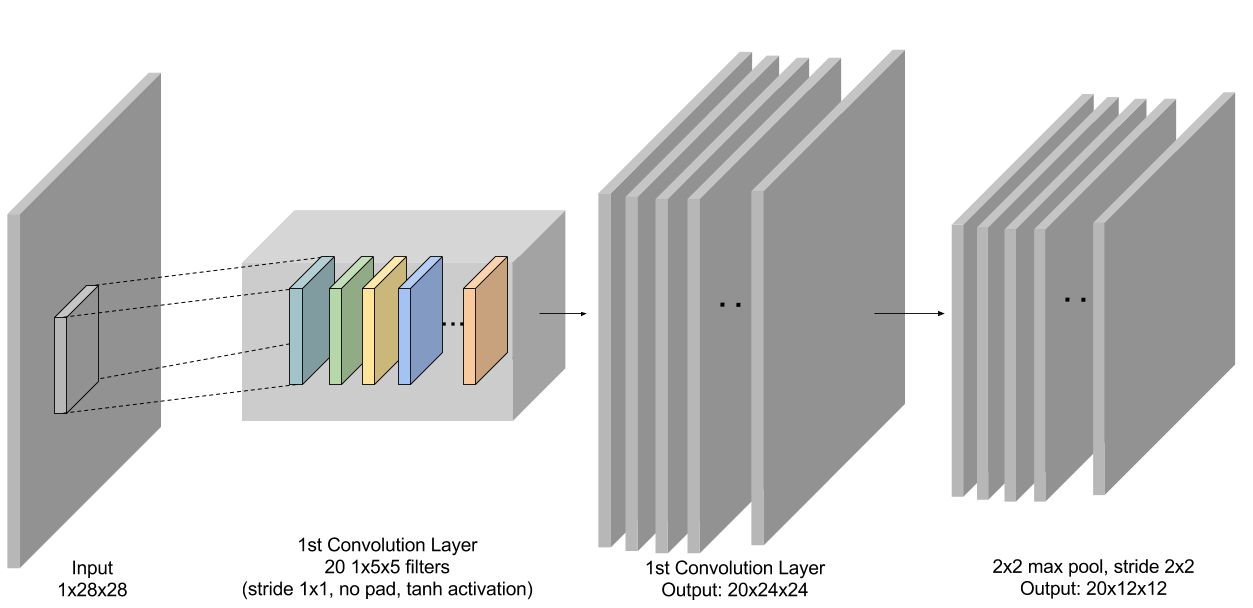The MNIST database of handwritten digits, available from this page, has a training set of 60,000 examples, and a test set of 10,000 examples. It is a subset of a larger set available from NIST. The digits have been size-normalized and centered in a fixed-size image. It is a good database for people who want to try learning techniques and pattern recognition methods on real-world data while spending minimal efforts on preprocessing and formatting.
Four files are available on this site:
train-images-idx3-ubyte.gz: training set images (9912422 bytes) train-labels-idx1-ubyte.gz: training set labels (28881 bytes) t10k-images-idx3-ubyte.gz: test set images (1648877 bytes) t10k-labels-idx1-ubyte.gz: test set labels (4542 bytes)
Offline handwriting recognition, often referred to as optical character recognition, is performed after the writing is completed by converting the handwritten document into digital form. The advantage of offline recognition is that it can be done at any time after the document has been written, even years later. The disadvantage is that it is not done in real time as a person writes and therefore not appropriate for immediate text input.
Here's why:
- The advantage of offline recognition is that it can be done at any time after the document has been written, even years later. The disadvantage is that it is not done in real time as a person writes and therefore not appropriate for immediate text input.
The dataset is available at THE MNIST DATABASE of handwritten digits .
This was build using following frameworks, libraries and softwares.
To run this project you need to follow the following steps.
To run this project you need to follow the following steps.
These are the prerequisites you need to build this bot as well as run it.
cmd:\ pip install tensorflow
cmd:\ pip install keras- Create conda environment and create project in this environment
- After installing requirements in above Modules LIST
- You need python idle such as Jupyter notebook or spyder
Applications of offline handwriting recognition are numerous: reading postal addresses, bank check amounts, and forms. Furthermore, OCR plays an important role for digital libraries, allowing the entry of image textual information into computers by digitization, image restoration, and recognition methods.
See the open issues for a list of proposed features (and known issues).
Contributions are what make the open source community such an amazing place to be learn, inspire, and create. Any contributions you make are greatly appreciated.
- Fork the Project
- Create your Feature Branch (
git checkout -b feature/AmazingFeature) - Commit your Changes (
git commit -m 'Add some AmazingFeature') - Push to the Branch (
git push origin feature/AmazingFeature) - Open a Pull Request
- MIT license
- Copyright 2020 © Aditya Mangla.
Aditya Mangla - @aadimangla - aadimangla@gmail.com - adityamangla.com
Project Link: https://github.com/aadimangla/Handwritten-Digit-Classification








